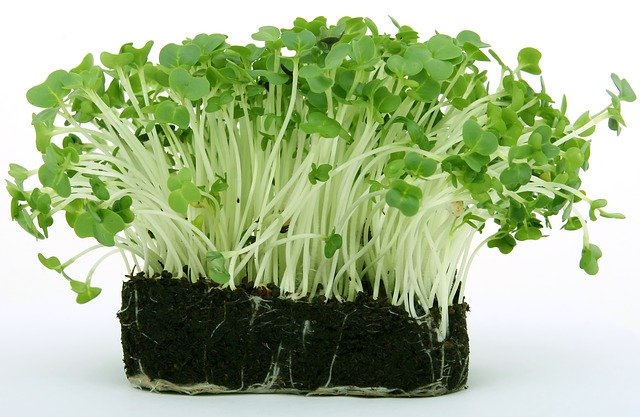While studies of the microbiomes (which comprises all the microorganisms, mainly bacteria and fungi) of the phyllosphere and the rhizosphere of plants are important, scientists at INRA believe more attention should be given to the microbiomes of crop residues.
Crop residues are important as a key microbial ecosystem with the power to contribute both negatively and positively to crop health and productivity. Crop residues are a breeding ground for plant disease but also contribute significantly to the stability of agrosystems.
“Residues deserve special attention in the context of crop protection,” plant pathologist Frédéric Suffert explains. “First, because residues are ‘the problem’ as the main support of pathogens that cause disease. Second because residues can be also part of the solution to control these diseases.”
Focusing on cereal crops, the INRA scientists explored how dynamic interactions between microbial communities of residues can contribute to innovative disease management strategies such as next-generation microbiome-based biocontrol.
“We connected residue microbiome with the survival of residue-borne fungal plant pathogens by combining knowledge in microbial ecology and epidemiology,” explained Frédéric Suffert. “This is the first time this connection has been made.”
Read the paper: Phytobiomes
Article source: American Phytopathologycal Society via Eurekalert
Image credit: Shutterbug75 / Pixabay






